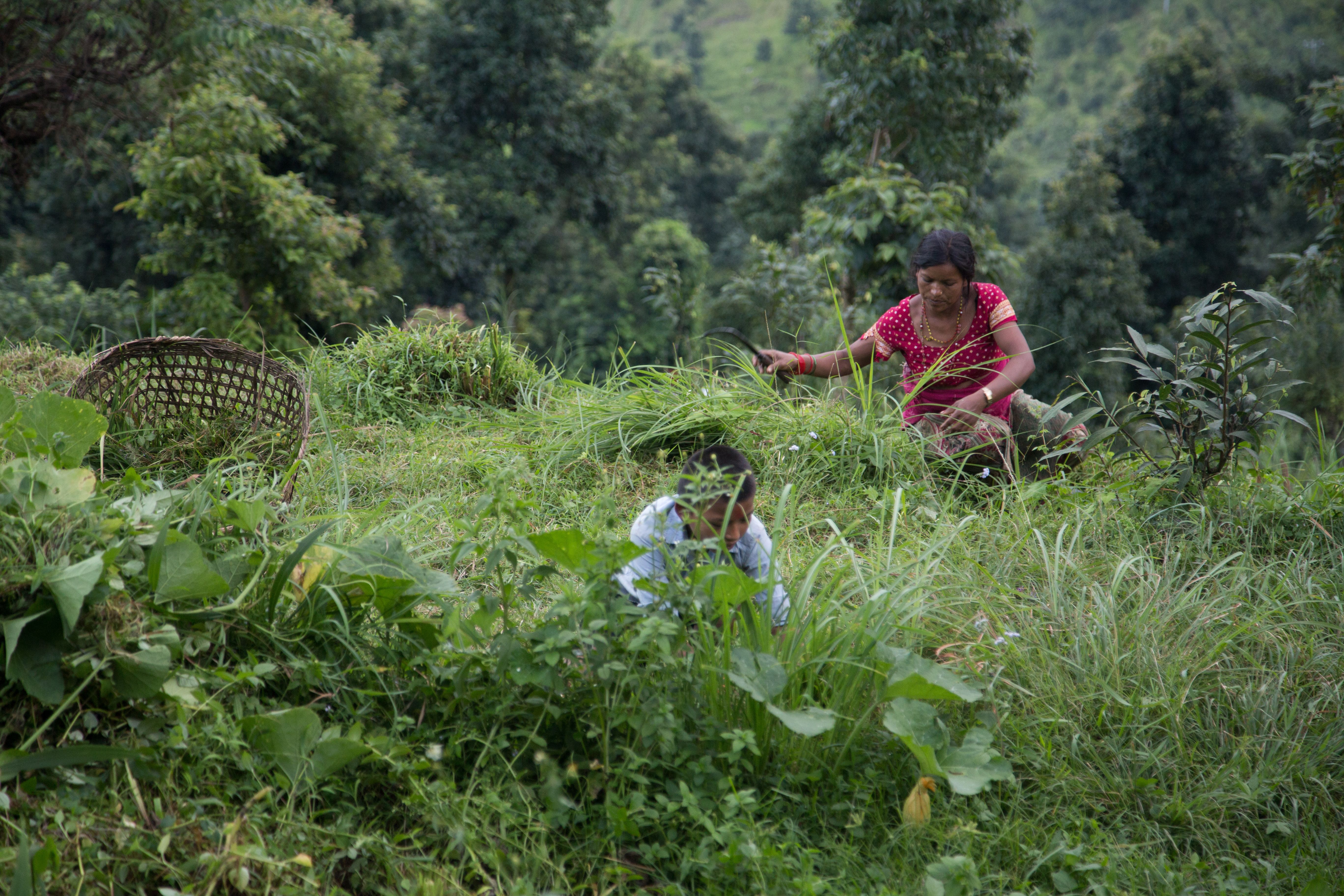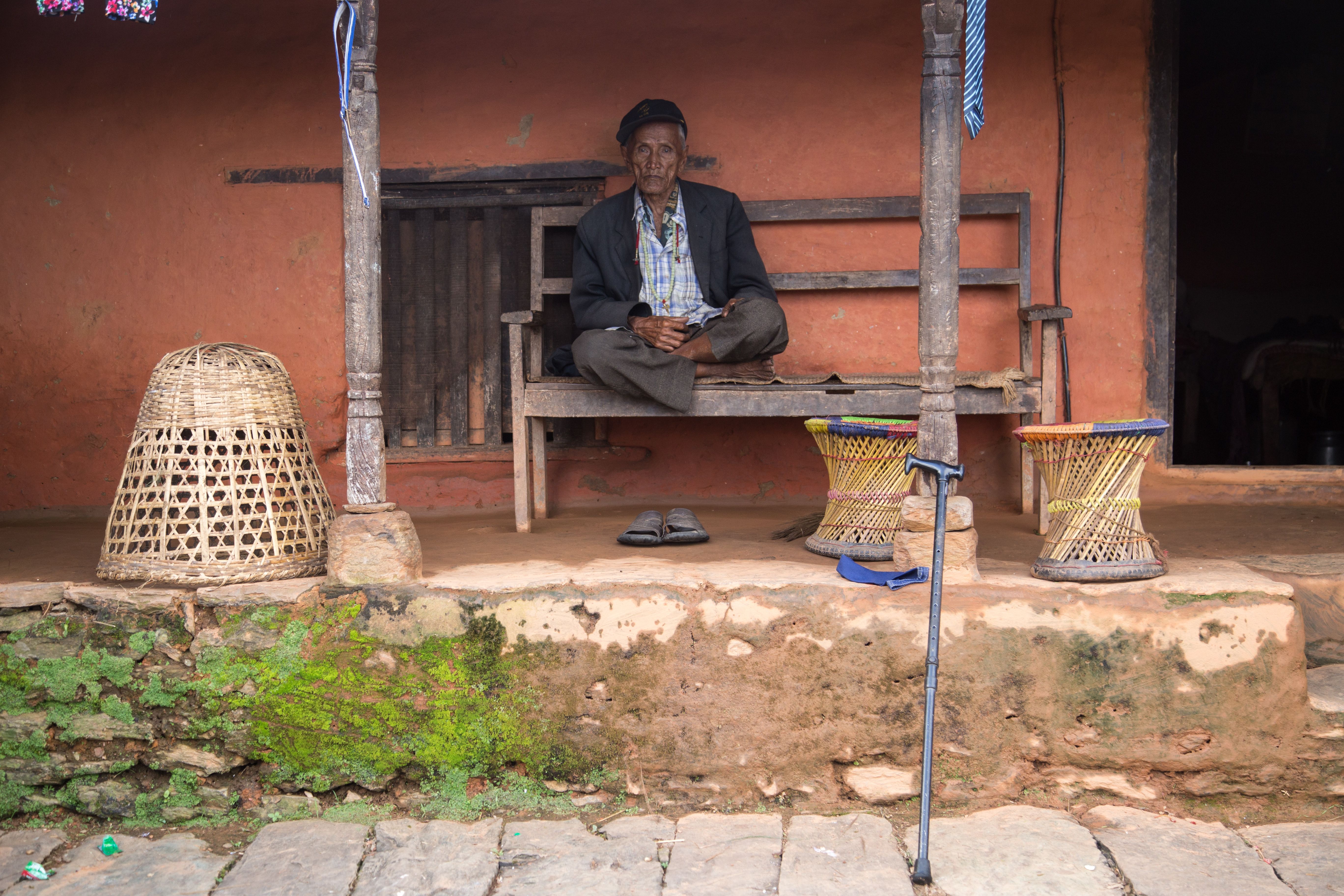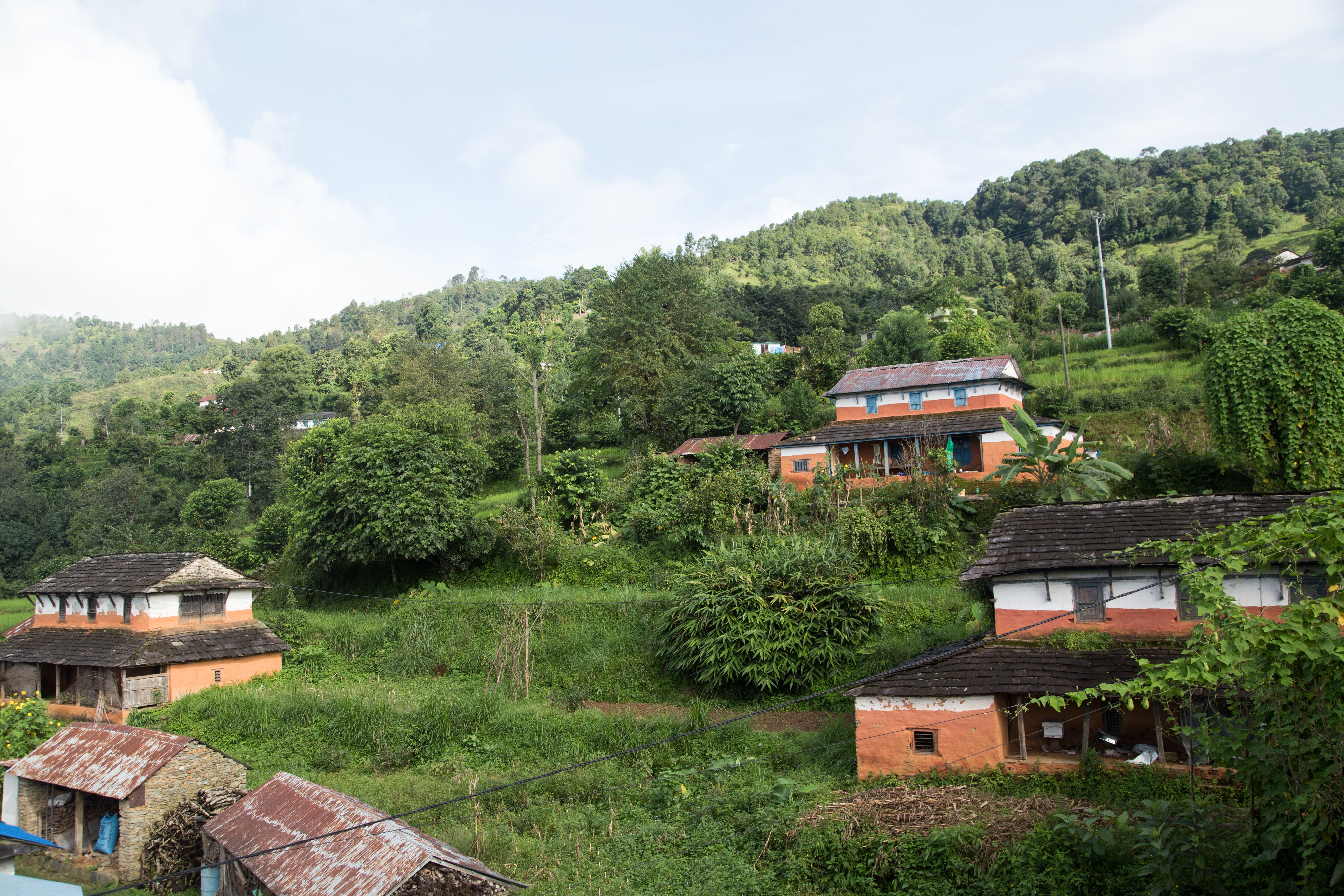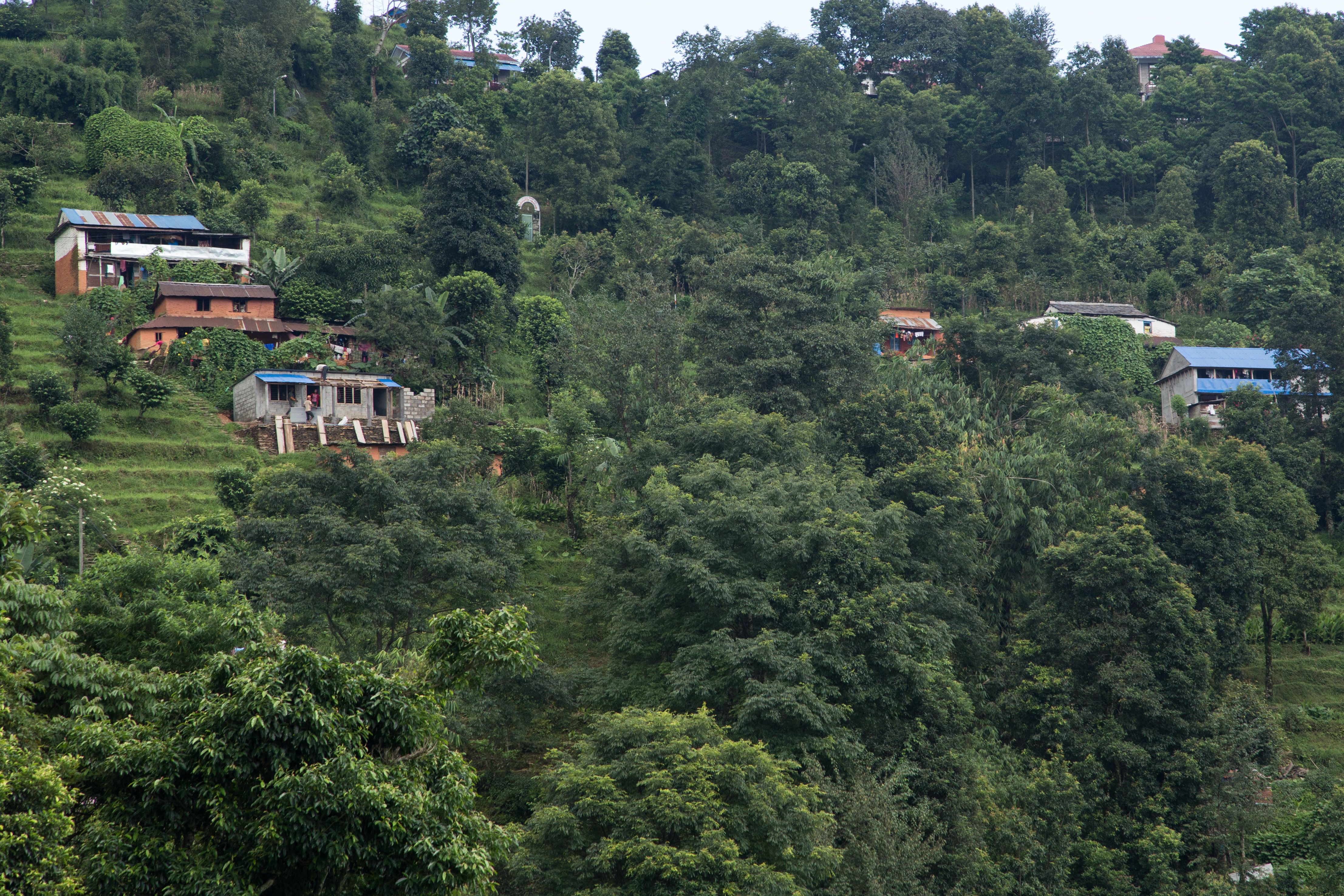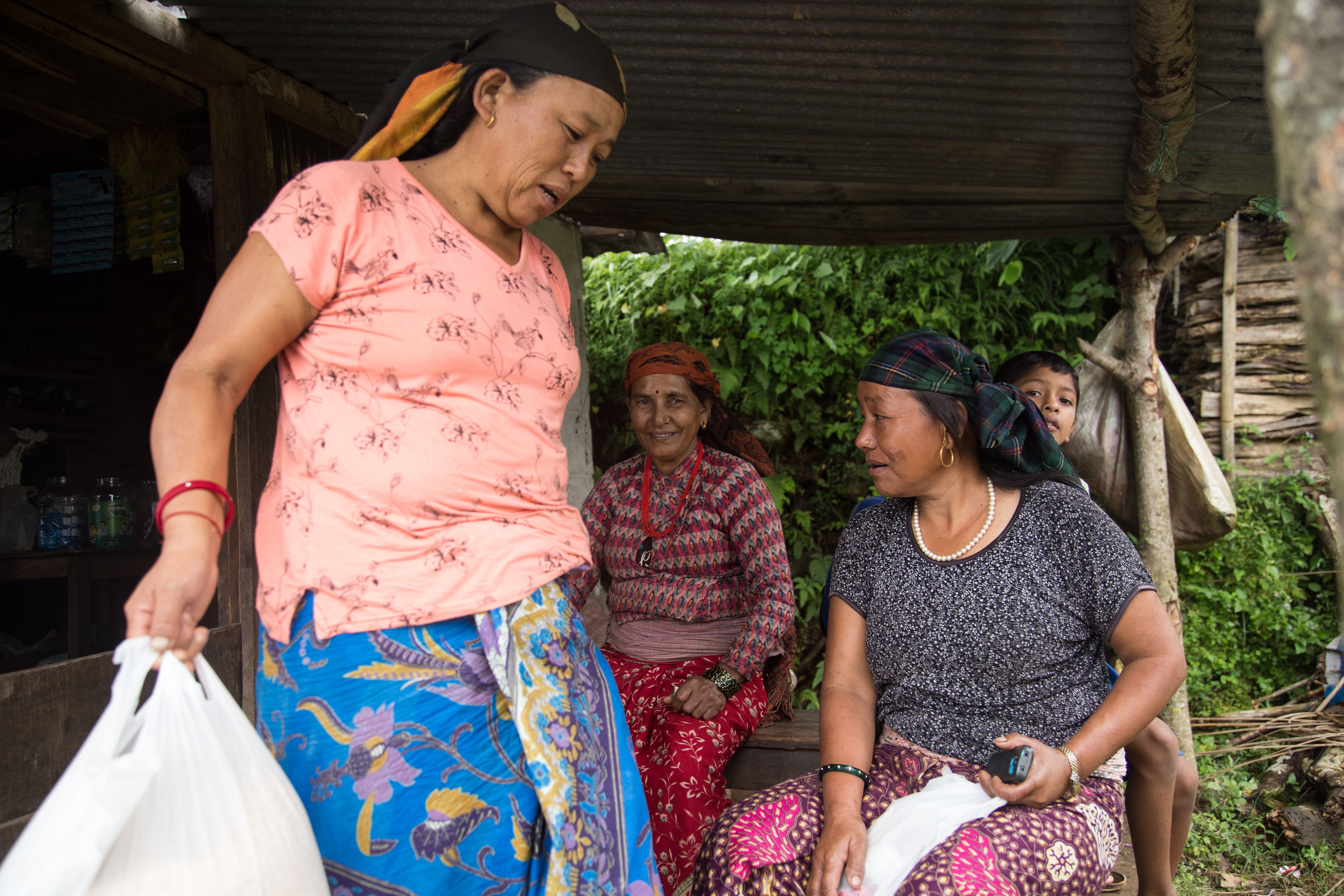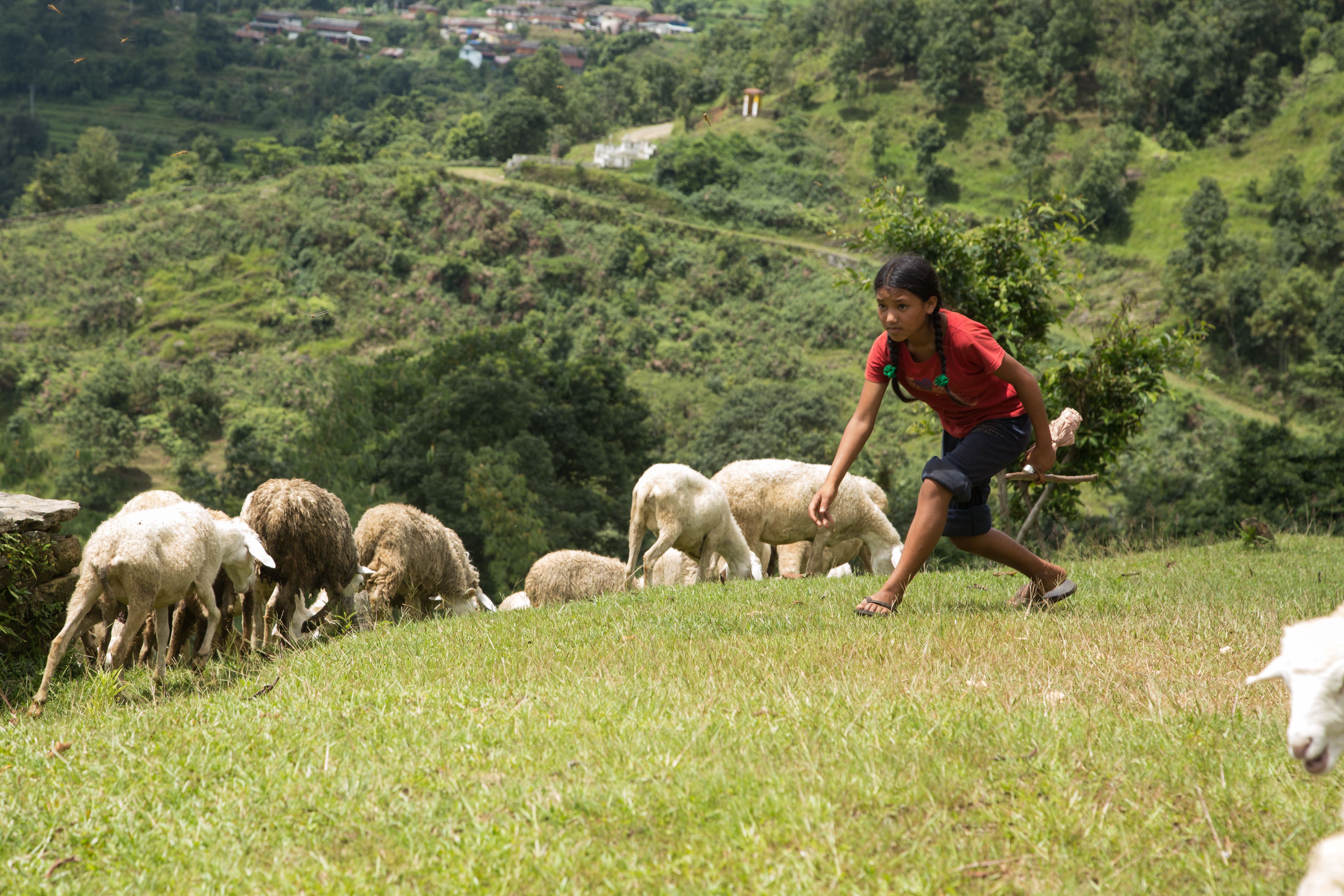October 05, 2015 | Pulitzer Center
By
Pankaj Khadka
One walk through the village of Kala Bang, Nepal, and the realization immediately sinks in—there are no young men in the village. With more than 80 percent of the young people gone from the village in search of foreign employment and better opportunities, left behind are women, children and the elderly—all of whom shoulder the burden of everyday household chores while taking on tasks traditionally held by men.

